People of my generation remember where they were when they heard of JFK’s assassination and of the 9/11 attacks. Few recall where they were the day Y2K occurred.
While the last month of 1999 will be remembered by some computer operators for their premonitions of possible worldwide calamity, Dec. 1 for me was a Day of Euphoria. I was living in San Salvador, El Salvador, the fourth year of my last overseas diplomatic assignment for USAID (The U. S. Agency for International Development) before returning to Washington, DC. My stars had lined up so that a once-in-a-lifetime cultural gathering in a brand-new Anthropology Museum in Central America would fling open its doors to celebrate a five-pound bilingual richly illustrated coffee-table book that became one of the most striking deltiological books ever produced. Deltiology is the collection and study of picture postcards.
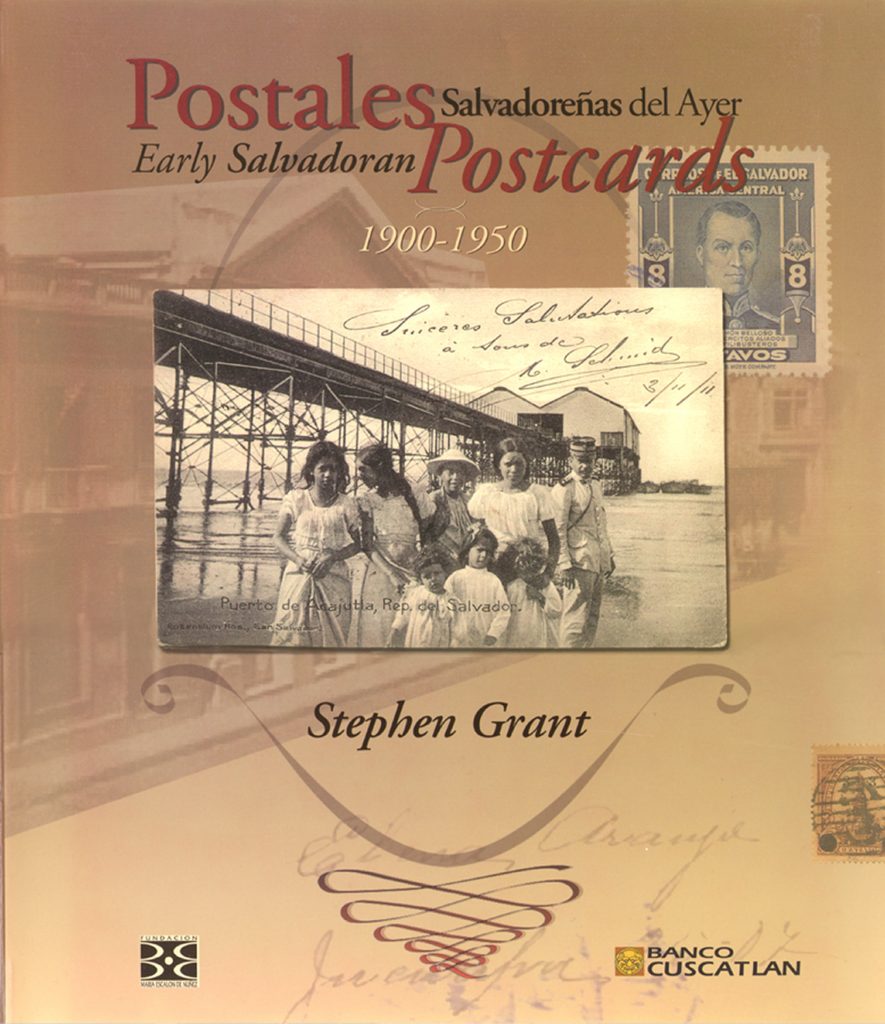
Image 1. Front Cover, Postales Salvadoreñas del Ayer/Early Salvadoran Postcards
The French have a proverb: Jamais deux sans trois, or “Good things come in threes.” It was my third (and as it turned out the last) postcard book. The first was published in Guinea, in francophone Africa. The second in Indonesia, in Southeast Asia. In realizing this ultimate deltiological effort, I could lean on experience, correct errors, and forge new avenues of inquiry and discovery. “For the people who ask me what I write, I simply say: the drive to leave something of note behind,” from the Introduction to Postales.
The first section of Postales from the introduction lays out the nitty-gritty of postcard collecting. The second addresses Salvadoran postcards in particular, postal and shipping information, related early photography in El Salvador, the methodology to learn about Salvadoran postcards, and a statistical presentation of 100 postcards. The third section introduces the major producers or distributors of Salvadoran postcards: De Sola, Hecht, Hellebuyck, Huber, Mugdan, Noltenius, Rank, Recinos, and Salazar. The main body of the bilingual text is devoted to a larger-than-life photo of the postcard with detailed documentary description. Conclusions and annexes follow.
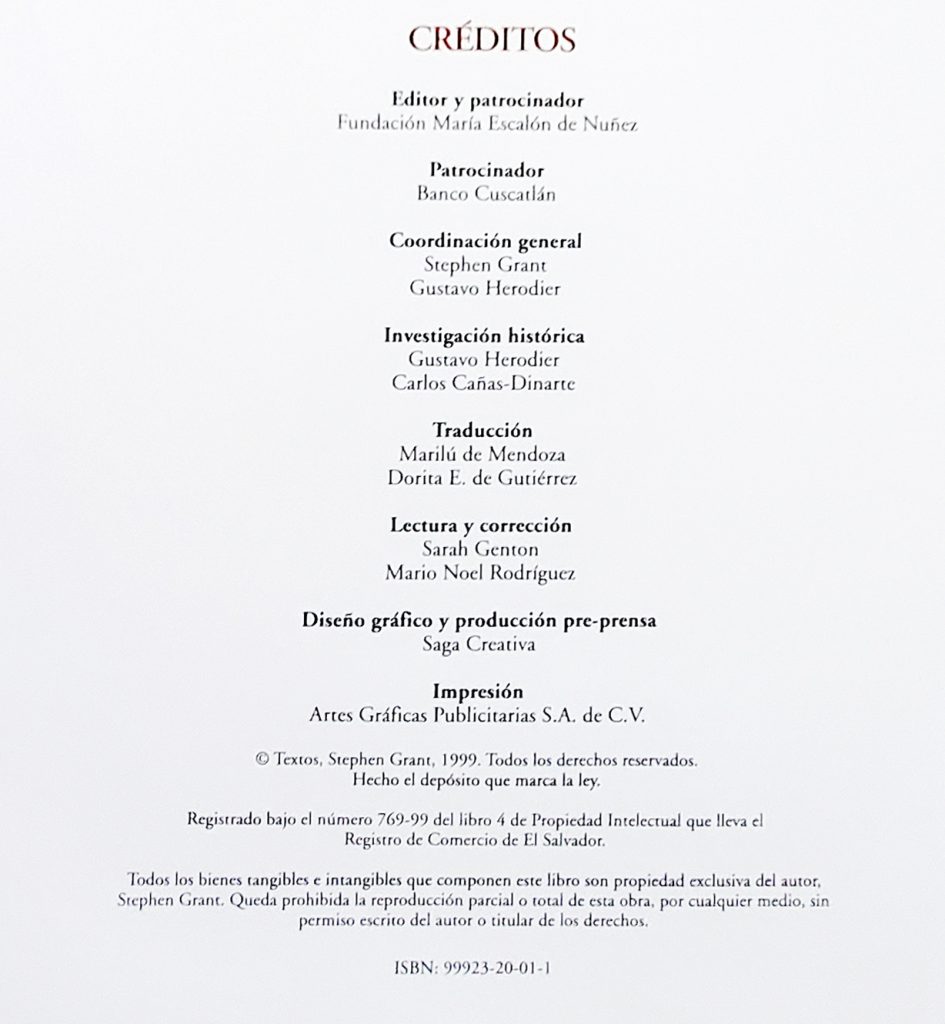
Image 3. Copyright Page, Postales Salvadoreñas del Ayer/Early Salvadoran Postcards
The Copyright Page gives credit where credit is due:
Publisher and Sponsor: Fundación María Escalón de Núñez
Sponsor: Banco Cuscatlán
General Coordination: Stephen Grant, Gustavo Herodier
Historical Research: Gustavo Herodier and Carlos Cañas-Dinarte
Translation: Marilú de Mendoza, Dorita E. de Gutiérrez
Reading and Correction : Sarah Genton, Mario Noel Rodríguez
Graphic design and pre-printing production: Saga Creativa
Printing: Artes Gráficas Publicitarias
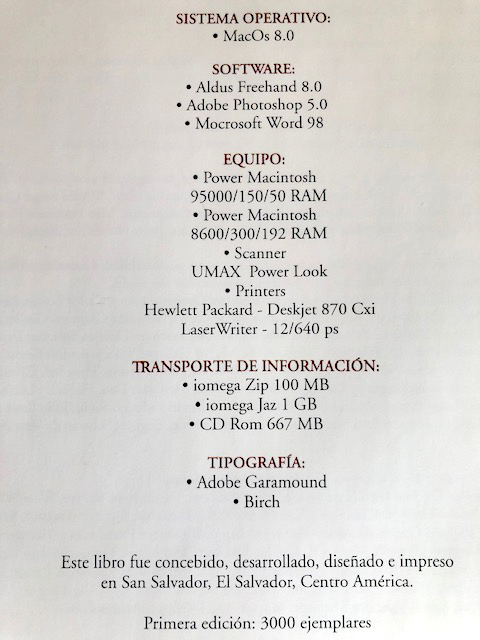
Image 4. Colophon Page, Postales Salvadoreñas del Ayer/Early Salvadoran Postcards
This book was conceived, developed, designed, and printed in San Salvador, El Salvador, Central America
First edition: 3,000 copies.
The Back Cover of Postales Salvadoreñas del Ayer/Early Salvadoran Postcards features book praise by Pedro Antonio Escalante Arce, Secretary, Salvadoran Academy of History; Gustavo Herodier, Author El Esplendor de una Ciudad, 1880–1930; and Martha E. McPhail, Librarian, San Diego State University, California.
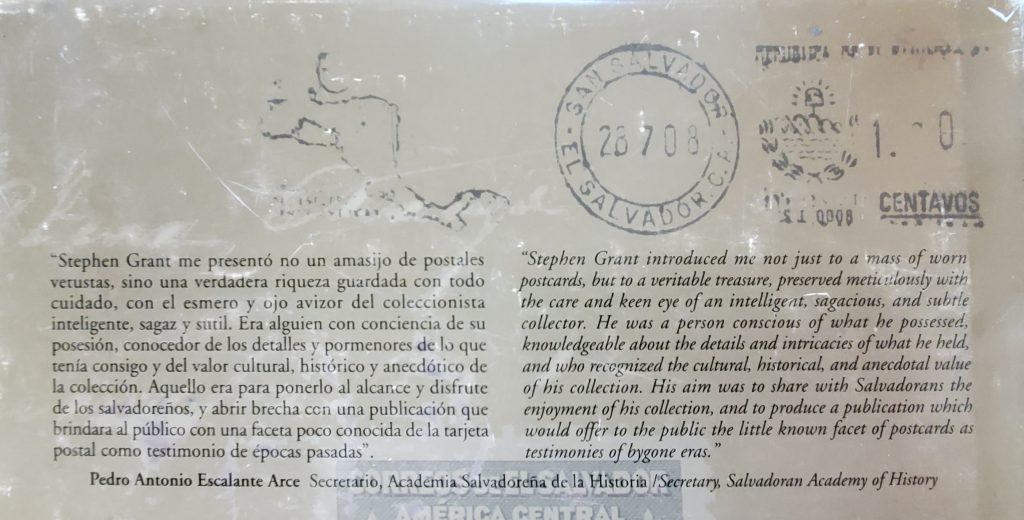
Image 6. Praise for Postales from Pedro Antonio Escalante Arce, Secretary,
Salvadoran Academy of History
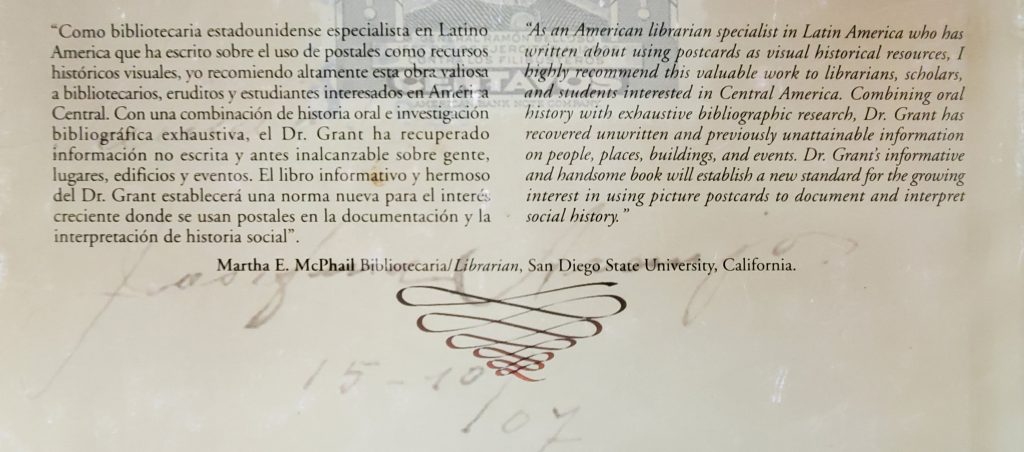
Image 8. Praise for Postales from Martha E. McPhail, Librarian,
San Diego State University, California
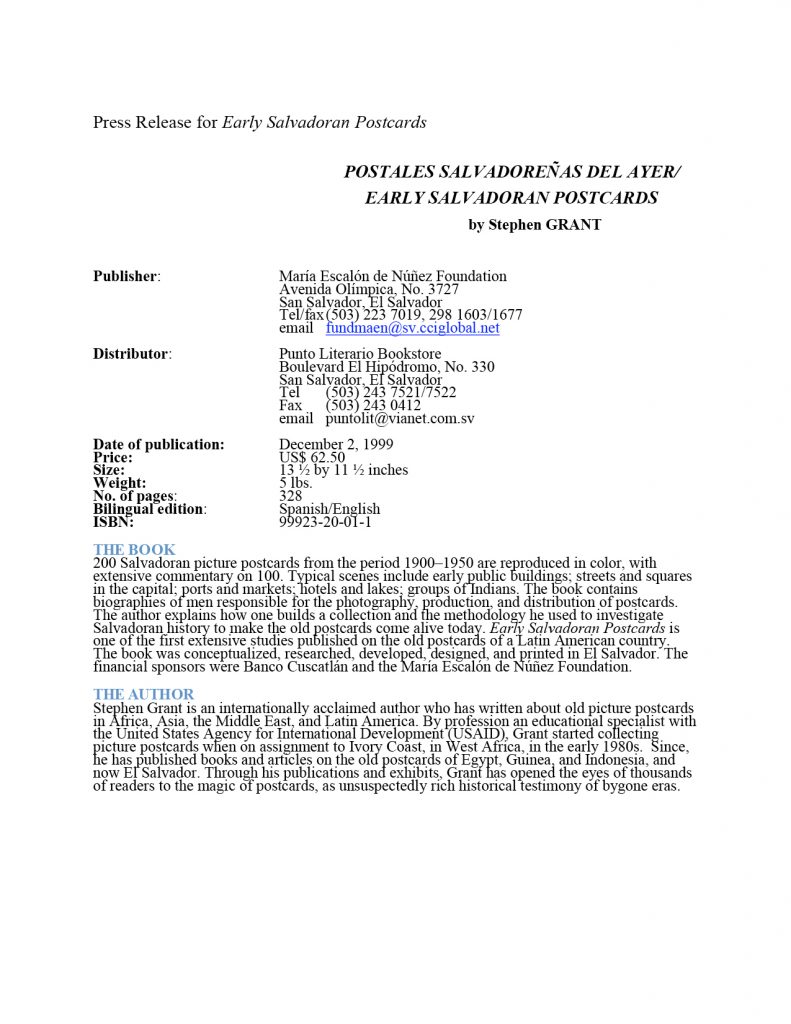
Image 9. Press Release (English) for Postales Salvadoreñas del Ayer/Early Salvadoran Postcards,
Dec. 1, 1999 in San Salvador
THE BOOK
200 Salvadoran picture postcards from the period 1900-1950 are reproduced in color, with extensive commentary on 100. Typical scenes include early public buildings; streets and squares in the capital; ports and markets; hotels and lakes; groups of Indians. The book contains biographies of men responsible for the photography, production, and distribution of postcards. The author explains how one builds a collection and the methodology he used to investigate Salvadoran history to make the old postcards come alive today. Early Salvadoran Postcards is one of the first extensive studies published on the old postcards of a Latin American country. The book was conceptualized, researched, developed, designed, and printed in El Salvador. The financial sponsors were Banco Cuscatlán and the María Escalón de Núñez Foundation.
THE AUTHOR
Stephen H. Grant is an internationally acclaimed author who has written about old picture postcards in Africa, Asia, the Middle East, and Latin America. Grant started collecting picture postcards when on assignment to Ivory Coast, in West Africa, in the early 1980s. Since, he has published books and articles on the old postcards of Egypt, Guinea, Indonesia, and El Salvador. Through his publications and exhibits, Grant has opened the eyes of thousands of readers to the magic of postcards, as unsuspectedly rich historical testimony of bygone eras.
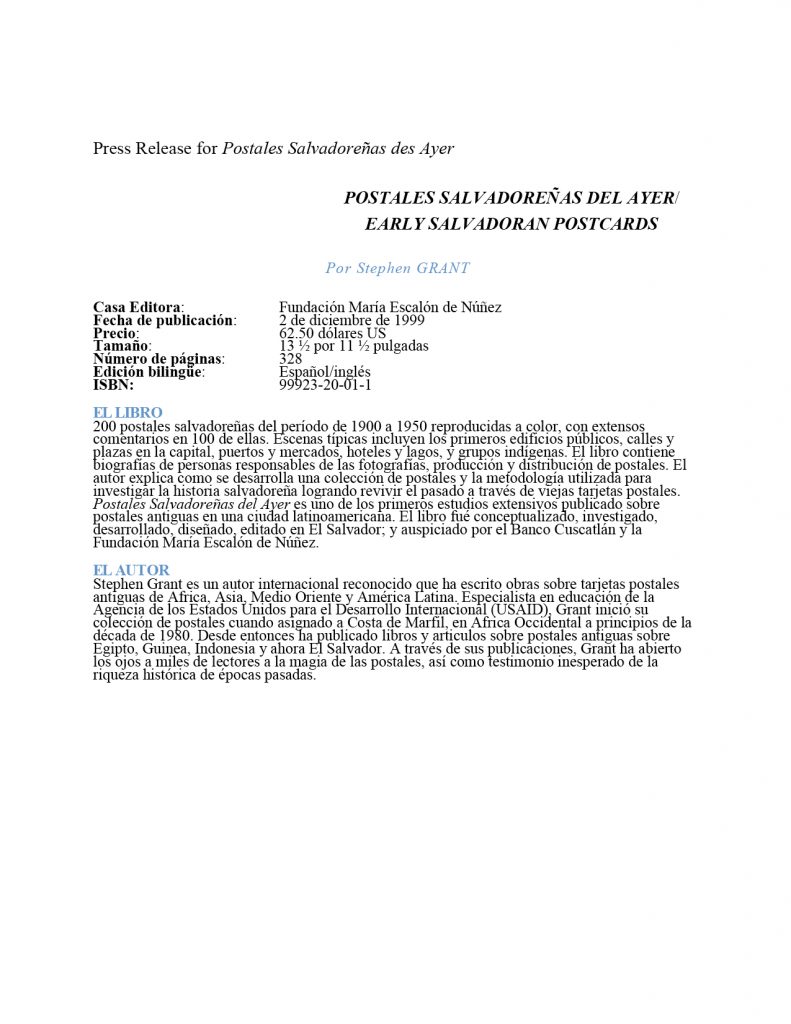
Image 10. Press Release (Spanish) for Postales Salvadoreñas del Ayer/Early Salvadoran Postcards,
Dec. 1, 1999 in San Salvador

Image 11. Patricia Suncín de Jovel, Banco Cuscatlan (Moderator) introduces the speakers
At the book launch on Dec. 1, 1999 at the Museo Nacional de Antropología Dr. David J. Guzman, San Salvador, Patricia Suncín de Jovel, Banco Cuscatlan (Moderator) introduces the speakers from left to right:
Stephen Grant, Author;
Gustavo Herodier, Vice-President, María Escalón de Núñez Foundation;
Anne Patterson, U.S. Ambassador to El Salvador;
Mauricio Samayoa, President, Banco Cuscatlan;
Patricia Escalon de Herodier, President, María Escalón de Núñez Foundation;
Pedro Antonio Escalante Arce, Secretary, Salvadoran Academy of History.
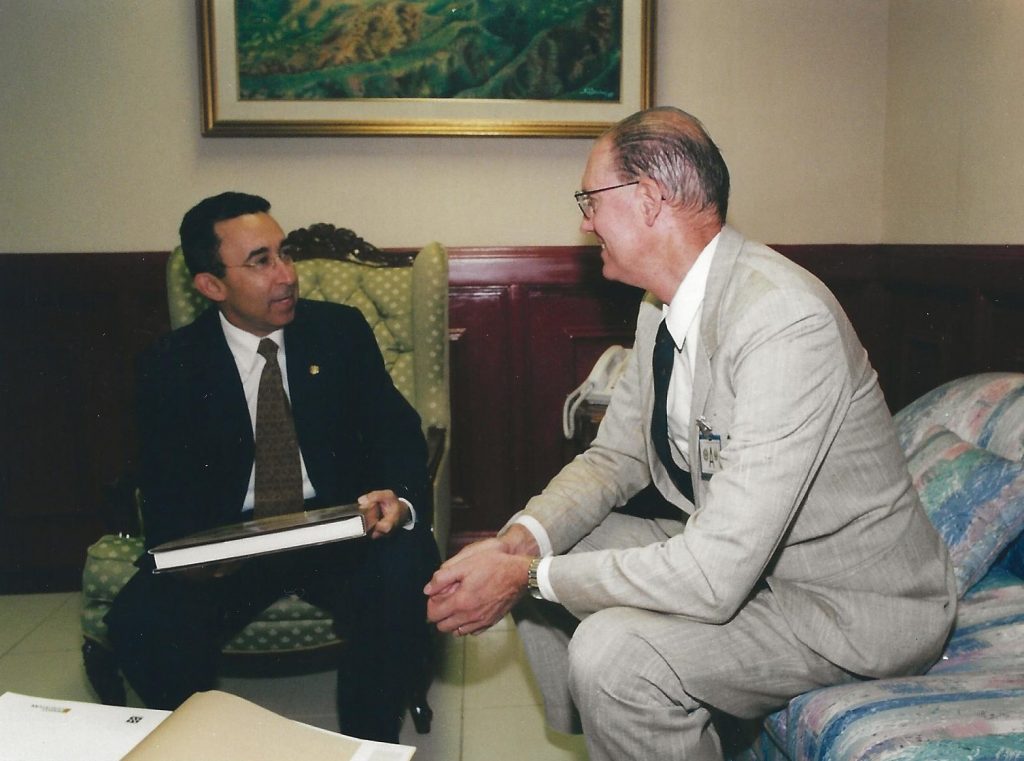
Image 12. Presenting Postales book to Carlos Quintanilla Schmidt, Vice-President of the Republic of El Salvador,
at the Casa Presidencial
It was my honor and pleasure to present copies of the book to Carlos Quintanilla Schmidt,
Vice-President of the Republic of El Salvador, at the Casa Presidencial.
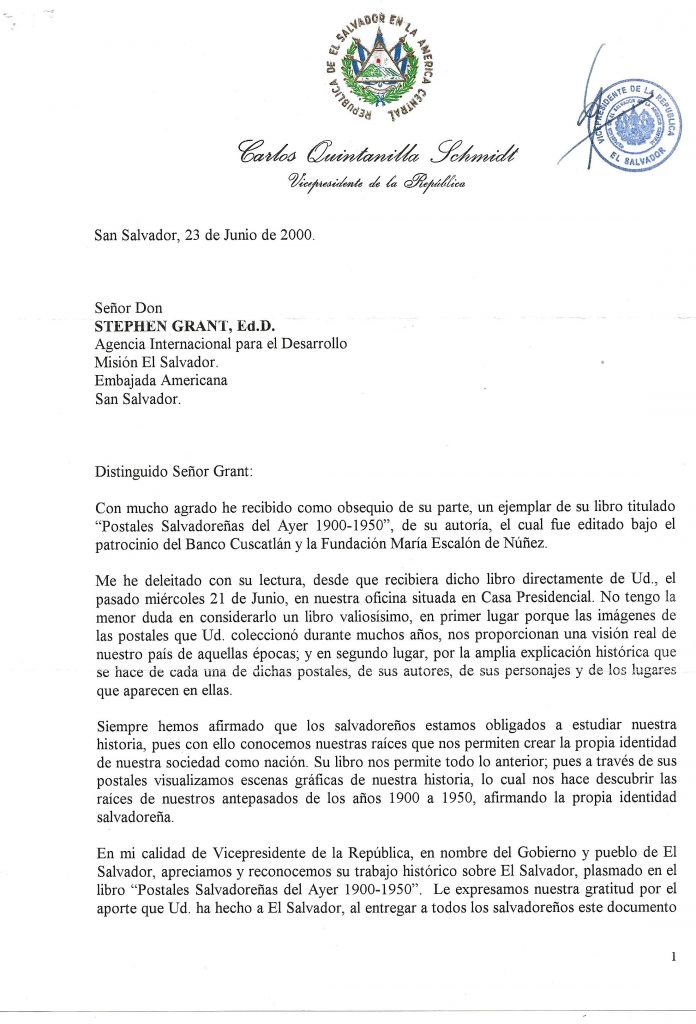
Image 13. Letter of Gratitude to Author from Carlos Quintanilla Schmidt,
Vice-President of the Republic of El Salvador, page 1.
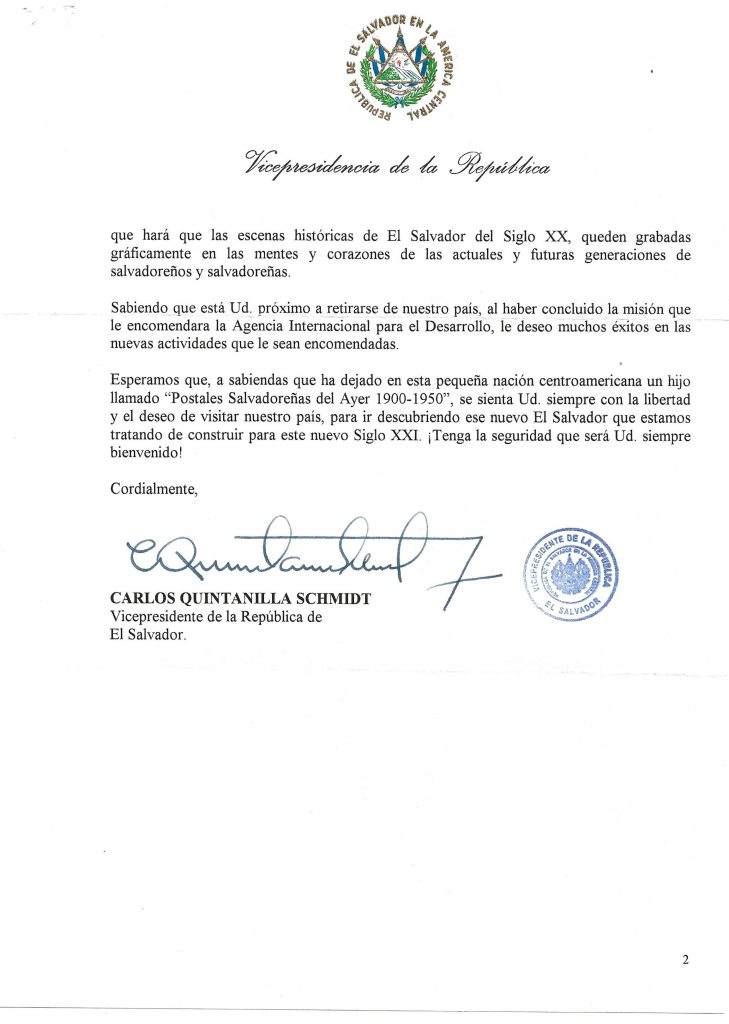
Image 14. Letter of Gratitude to Author from Carlos Quintanilla Schmidt,
Vice-President of the Republic of El Salvador, page 2.
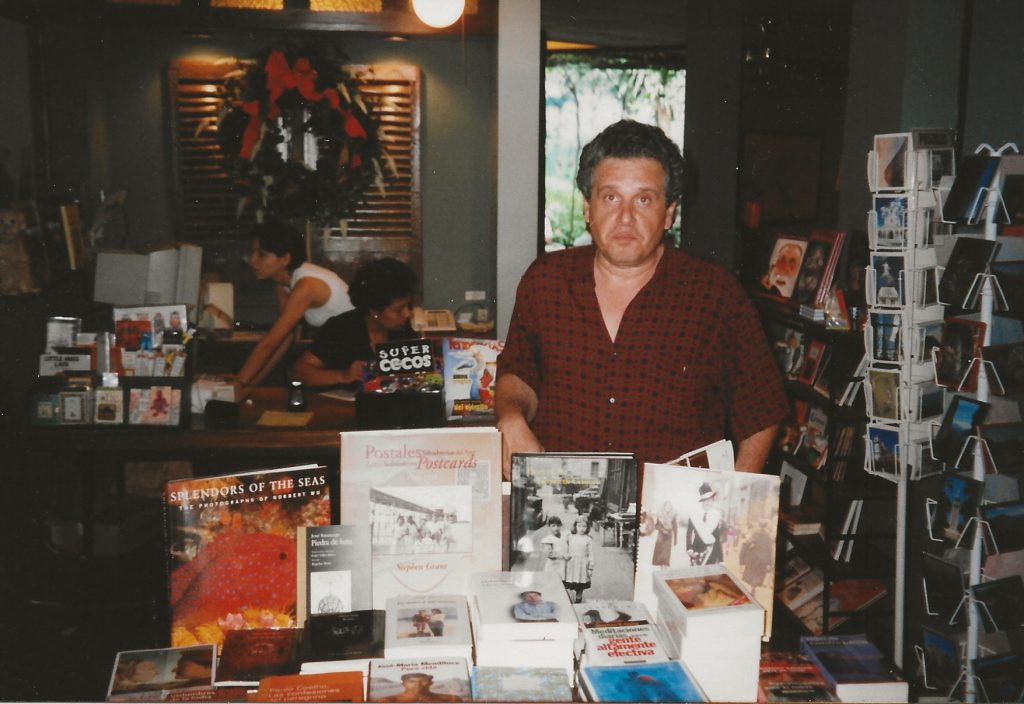
Image 15. Francisco Allwood of Punto Literario bookstore in San Salvador displays Postales
Seeing one’s book in a local bookstore is a huge thrill. Francisco Allwood of Punto Literario in San Salvador places Postales in the middle of the central display area.

Image 16. In Gift Shop at Centro Comercial Galerias in San Salvador, Postales is surrounded by famous neighbors:
Renoir, Cezanne, Gauguin, St. Exupery!
What could be more humbling than finding one’s literary creation in the Centro Comercial Galerias gift shop in San Salvador side-by-side with the literary or artistic creations of Renoir, Cezanne, Gauguin, and St. Exupery?
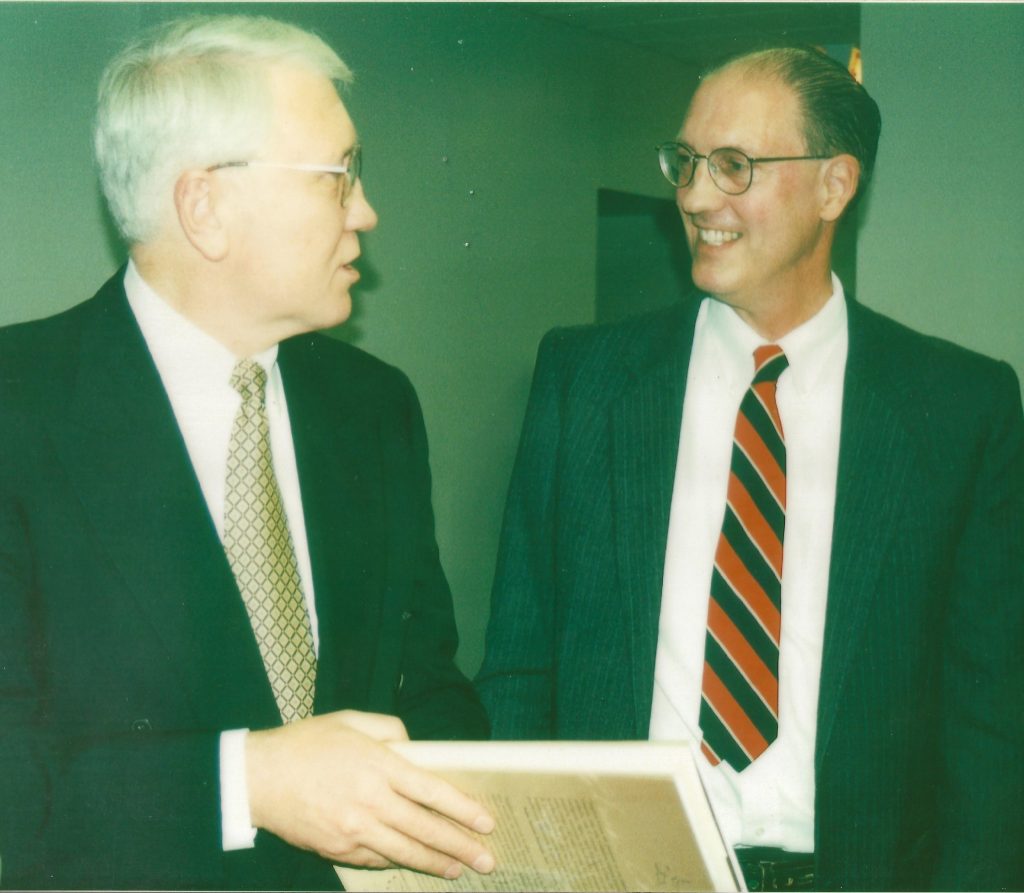
Image 17. Presenting Postales book to Brady Anderson, USAID Administrator,
during a visit to USAID, San Salvador
It was my honor and pleasure to present a copy of Postales to Brady Anderson, the USAID Administrator, during a visit to USAID, San Salvador.
Before the new millennium had dawned, I was encouraged by acclaim. A New York book publisher wrote, “Your publishers did a wonderful job with the production. The images are crisp, color lush, and the text set nicely.”
A Michigan postcard dealer penned, “The quality of the reproduction of the postcards is the best I have ever seen in any postcard book. I just love the way they all have a tiny shadow underneath, making them three-dimensional, and which makes it seem like you can almost reach out and pick them up off the page, they look so real.”
A Harvard librarian shared, “What is apparent so far is how clever a conjunction of purposes you are serving––converting a hobby into a tool to promote national pride and historic awareness, and providing a handy way to view a select portion of your own collection, just to name two.”
Finally an Illinois museum boasting the largest public collection of postcards and related materials in the United States, “Imagine the surprise and delight of the Teich Archives staff when your beautiful book arrived yesterday. It is truly unlike any other publication on postcards we currently own. It is beautifully crafted and printed and will be an excellent addition to the Museum’s reference library. Pound for pound I think it must be the largest book on postcards ever printed.”
Share the interest and excitement of a book launch, reception, and book signing for Postales Salvadoreñas del Ayer/Early Salvadoran Postcards in a Salvadoran Museum
at the end of the 20th century
From his retirement in Arlington, Virginia at the start of the 21st century, author and deltiologist Stephen Grant reflects on the magic of postcards as unsuspectedly rich testimony of bygone eras
COMMENTS:
2 Comments
Submit a Comment
CONNECT

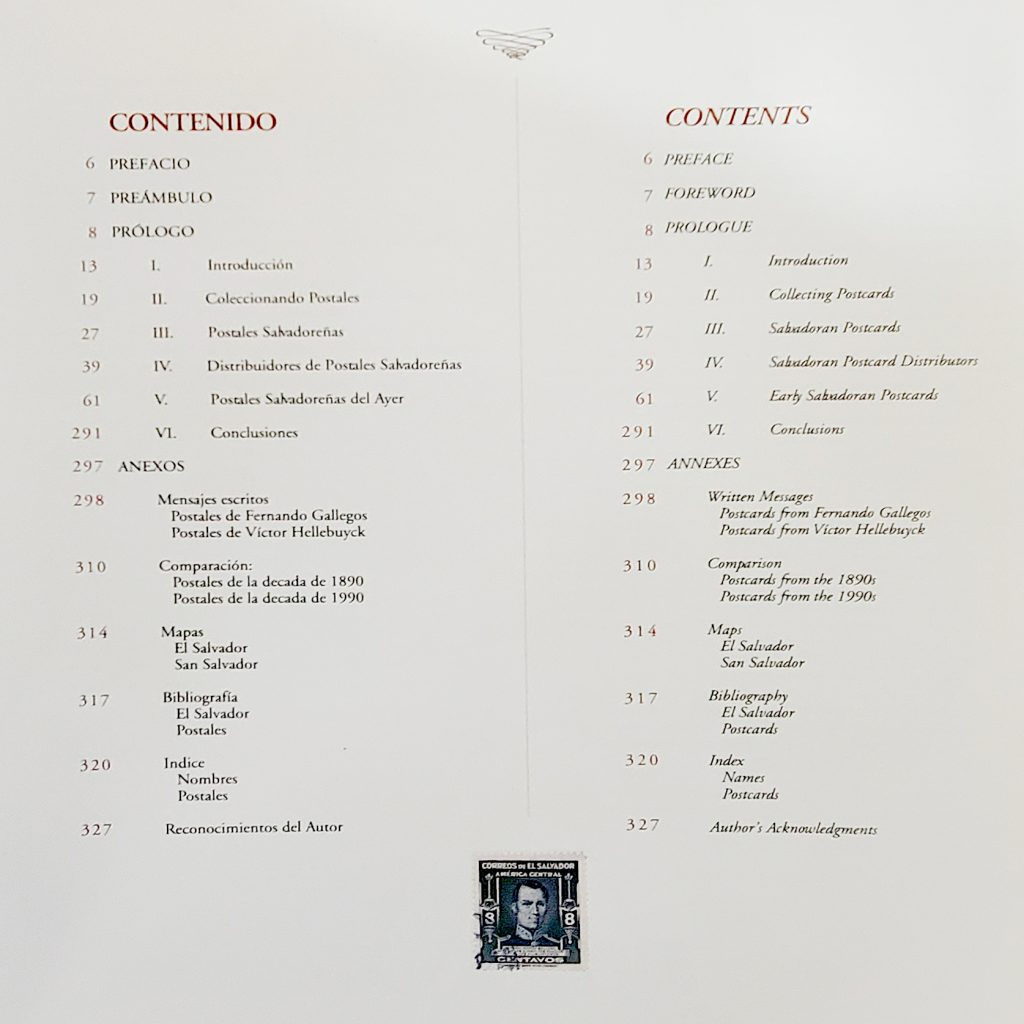
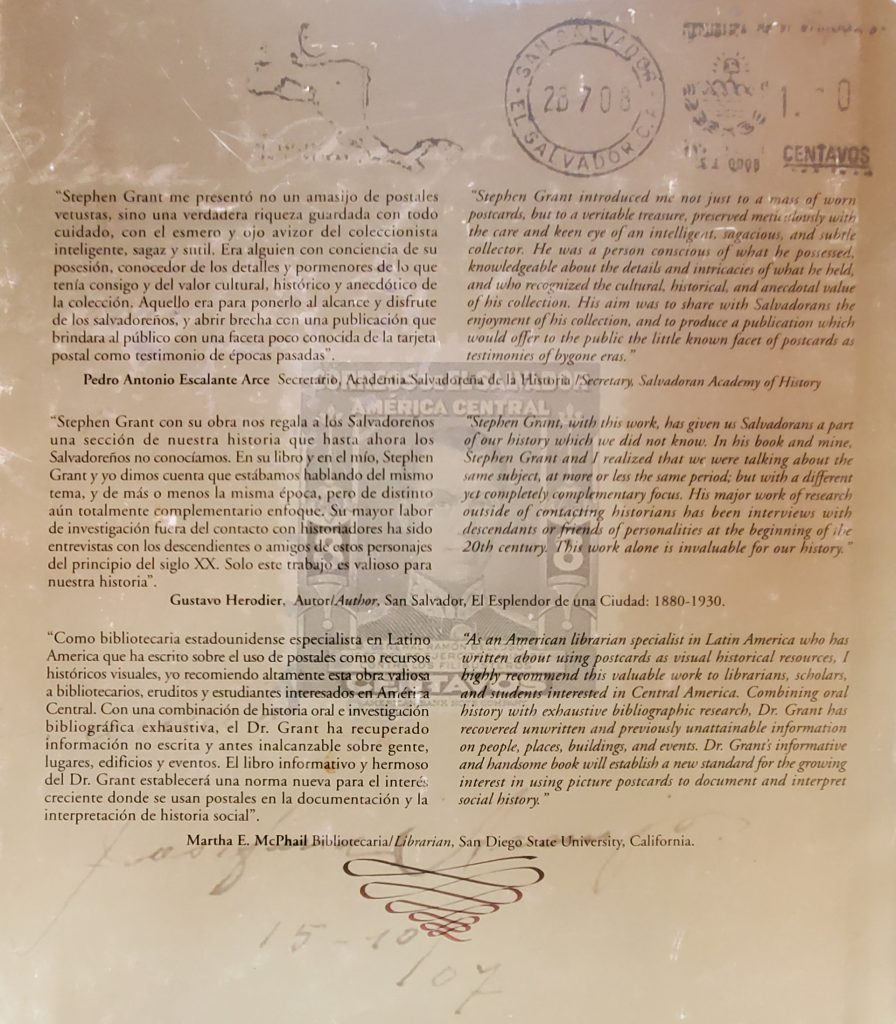

Bravo Stephen! Again!! It looks as if you have created another valuable compendium on another country’s history through postcards. I may disagree with the high falutin sounding term de——-gy for the appreciation of the lowly postcard, but your books show how important they truly are. Thank you for your outstanding efforts… and results.
Stephen, Congratulations on your new blog post, and the two videos that go with it! Thank you for your generosity in sharing this fascinating material. You have given me a new appreciation for postcards.